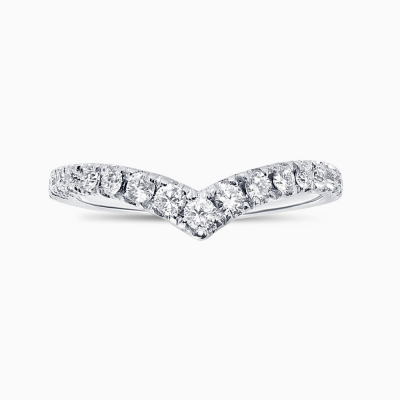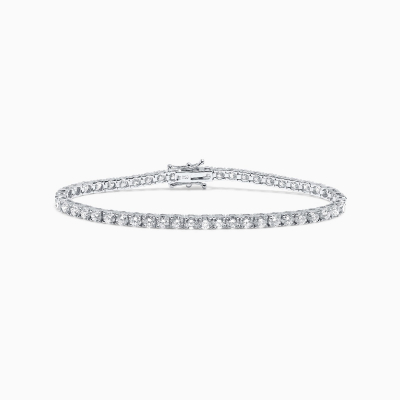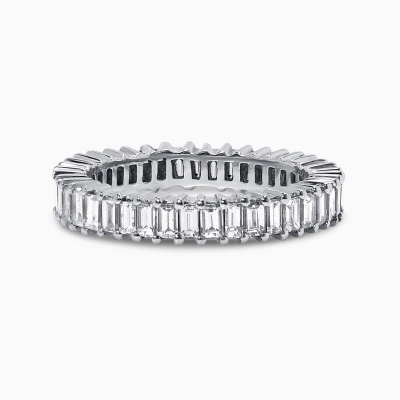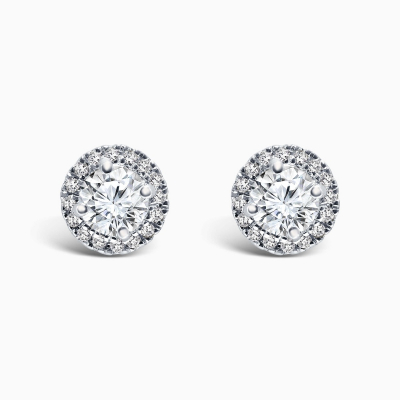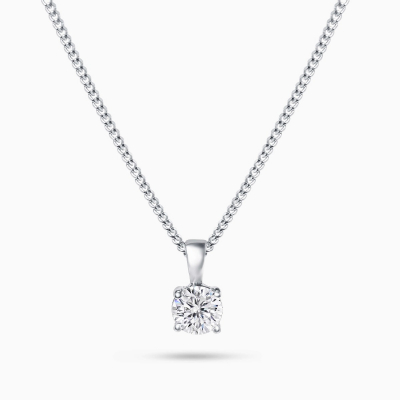GBP
/
GBP
/
Shipping to:
Currency:
DIAMOND INCLUSIONS & BLEMISHES
Diving deeper into the realm of diamond clarity, it's crucial to explore the various types of blemishes and inclusions that can manifest on the surface or within the diamond, subsequently influencing its overall clarity. Blemishes refer to external imperfections, such as scratches, pits, or nicks on the diamond's surface, which can alter its appearance. Inclusions, on the other hand, are internal characteristics like crystals, clouds, or feathers that may affect the stone's transparency.
Understanding the nature and characteristics of these blemishes and inclusions is pivotal in deciphering the intricacies of diamond clarity. Scratches, for instance, may result from wear or improper handling, while pits are tiny indents that can occur during the diamond-cutting process. Nicks are small chips on the diamond's edges, impacting its smoothness and visual appeal.
Internal inclusions come in various forms. Crystals are tiny mineral deposits within the diamond, and clouds refer to clusters of microscopic crystals that can create a hazy appearance. Feathers are small fractures within the diamond, resembling the delicate structure of feathers. Additionally, pinpoint inclusions are minute, needle-like crystals that can affect the stone's transparency.
By delving into the specifics of these blemishes and inclusions, one can gain a more nuanced understanding of how they contribute to the overall clarity characteristics of a diamond. Each type has its unique impact, and gemologists meticulously assess their size, position, and quantity during the grading process. This scrutiny allows for a comprehensive evaluation, helping both jewellers and consumers make informed decisions about the diamonds they select, ensuring that the unique beauty and clarity profile of each diamond align with individual preferences and expectations.
KNOTS
Let’s begin with one of the most problematic flaws; knots. A knot appears on the surface of the diamond. They tend to be visible to the naked eye, and thus a low clarity grading is to be expected.
MINERAL INCLUSIONS OR CRYSTALS
The majority of diamonds will have minute minerals or crystals imbedded inside, although these will not usually be visible to the naked eye. These can be fragments of the likes of olivine, calcite, diopside, garnet, or silica. In some cases, they can even be other little diamonds.
TWINNING WISPS
As you may have gathered by the name, these inclusions look like a feather. This is the term used to describe cracks within the stone. Small cracks under the surface aren’t usually an issue. But, those close to the surface can cause huge problems, especially in terms of durability.
FEATHERS
As you may have gathered by the name, these inclusions look like a feather. This is the term used to describe cracks within the stone. Small cracks under the surface aren’t usually an issue. But, those close to the surface can cause huge problems, especially in terms of durability.
PINPOINTS
This relates to very small dark or light crystals in the diamond.
PINPOINT CLOUDS
Pinpoint clouds are a cluster of the former, and can result in a cloudy area on the diamond.
NEEDLESS
A needle can appear as a streak of light within the stone. They are long inclusions in the shape of a needle, and they can be particularly damaging to clarity when they are in clusters.
INDENTED NATURAL
An indented natural can be left by the cutter because they are their guide for ensuring they get the maximum weight from the rough diamond.








